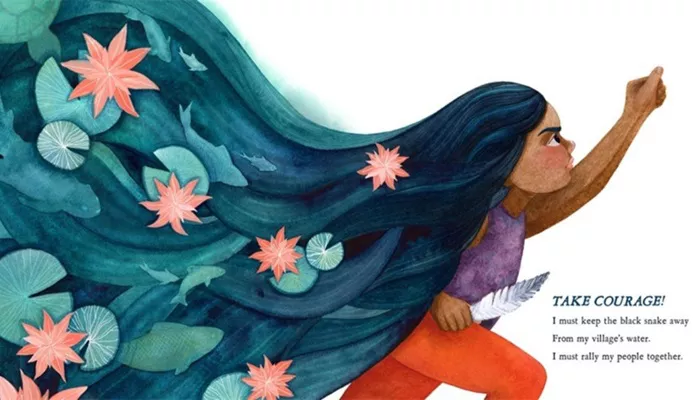The Caldecott Medal is a prestigious annual award given to the artist of the most distinguished American picture book for children. Established in 1938, it honors the legacy of 19th-century English illustrator Randolph Caldecott. The medal is awarded by the Association for Library Service to Children (ALSC), a division of the American Library Association (ALA).
History of the Caldecott Medal
The inception of the Caldecott Medal traces back to Frederic G. Melcher, a prominent bookseller and editor who recognized the need to celebrate excellence in children’s literature. In 1937, Melcher proposed the idea of a medal for children’s book illustration, drawing inspiration from 19th-century British illustrator Randolph Caldecott, whose works he admired. The first Caldecott Medal was presented in 1938 to Dorothy P. Lathrop for her book “Animals of the Bible: A Picture Book,” illustrating the enduring importance of high-quality illustrations in children’s literature.
Criteria for Selection
The Caldecott Medal is awarded based on specific criteria set by the ALSC:
Excellence of Execution: The artistic technique employed must be of high quality.
Pictorial Interpretation: The illustrations should effectively interpret the story, theme, or concept.
Delineation of Elements: The artwork must clearly depict plot, theme, characters, setting, and mood.
Presentation for Children: The book should be created with a child audience in mind.
Additionally, the artist must be a citizen or resident of the United States, and the book must have been published in the U.S. during the preceding year.
Notable Caldecott Medal Winners
Over the decades, the Caldecott Medal has recognized numerous exceptional picture books. Here are some notable winners:
1963: ‘The Snowy Day’ by Ezra Jack Keats
This book follows a young boy experiencing the joys of a snowy day in the city, capturing the universal wonder of childhood.
1964: ‘Where the Wild Things Are’ by Maurice Sendak
A tale of a boy’s imaginative journey to an island of wild creatures, exploring themes of imagination and homecoming.
1986: ‘The Polar Express’ by Chris Van Allsburg
A magical story of a boy’s train ride to the North Pole on Christmas Eve, emphasizing belief and wonder.
1982: ‘Jumanji’ by Chris Van Allsburg
An adventurous tale where a magical board game brings wild jungle animals into the real world.
1999: ‘Snowflake Bentley’ by Mary Azarian
A biography of Wilson Bentley, who photographed thousands of snowflakes, showcasing the beauty of nature.
Caldecott Honor Books
In addition to the Medal winner, the ALSC also honors other distinguished books as Caldecott Honor Books. These are considered runners-up and are recognized for their exceptional quality. For example, in 2016, “Finding Winnie: The True Story of the World’s Most Famous Bear,” illustrated by Sophie Blackall, received the Caldecott Medal, while “Trombone Shorty,” illustrated by Bryan Collier, was among the Honor Books.
Impact of the Caldecott Medal
Receiving the Caldecott Medal significantly impacts the careers of illustrators, often leading to increased book sales and wider recognition. For instance, after Sophie Blackall won the award in 2016, she expressed profound emotion, highlighting the honor’s significance in the literary community.
Recent Winners
The most recent Caldecott Medal was awarded in 2025 to “Chooch Helped,” illustrated by Rebecca Lee Kunz and written by Andrea L. Rogers. This book tells the story of Cherokee siblings, blending cultural heritage with captivating illustrations.
Conclusion
The Caldecott Medal serves as a beacon of excellence in children’s literature, celebrating the artistry and creativity of illustrators. By honoring outstanding picture books, it enriches the literary landscape and fosters a love for reading among young audiences. For more information and a complete list of winners, you can visit the American Library Association’s official website.

